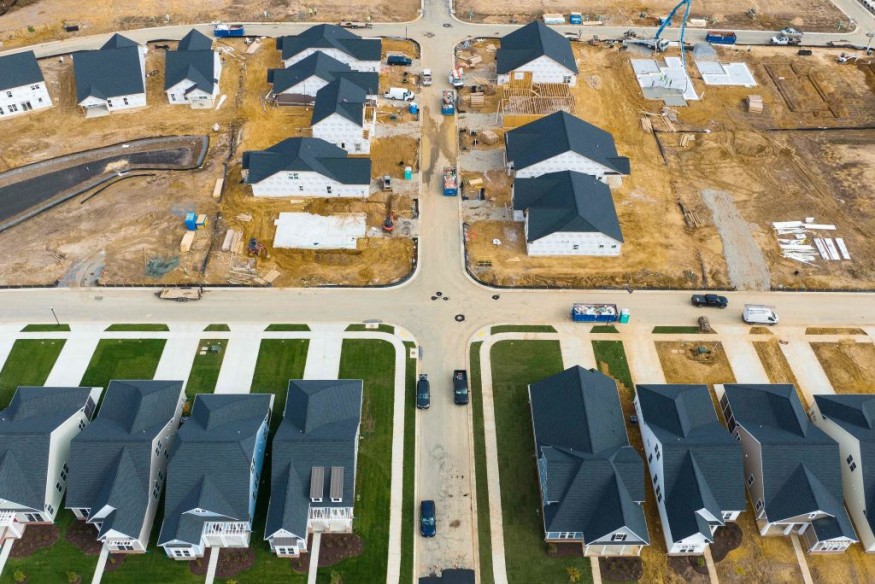Homeownership Strained by 25% Property Tax Hike, Soaring Insurance Costs

The increase in property taxes and homeowners' insurance costs is a growing threat to homeowners' financial stability and decision-making processes. Both current homeowners and potential purchasers must comprehend the ramifications in this setting.
American homeowners have witnessed a sharp increase in real estate values since the outbreak. CoreLogic statistics show a rise in U.S. median single-family home property taxes of more than 25% since 2019. This is mostly because property taxes are based on the residence's assessed value, which varies between states and counties or municipalities within a state.
According to a New York Times investigation, the typical price of a single-family house in the United States increased by an astounding 40% between 2019 and 2023. Before leveling down at about $417,000, prices peaked at $480,000. On the surface, that increase in value is perfect for senior homeowners who want to downsize. However, smaller places have also become more popular in this setting. Combined with longer-term, higher interest rates, this can make plans to downsize more difficult, if not impossible, and force seniors to deal with greater tax costs at their residences.
According to CoreLogic's statistics, the median property taxes in the United States for all homes reached $2,826 in 2023. This is $539 more than in 2019-a 23.6% gain over a four-year period. The increase is even more noticeable for reassessed homes, where the median tax amount increased to $2,943-a 26.3% or $612 increase since 2019-among them.
Home Insurance
Rising house insurance premiums affect almost all homeowners, but elderly on limited incomes are disproportionately affected. According to a MarketWatch report, the average yearly premium is currently at an all-time high of $2,511.25, which is placing more strain on household budgets' finances.
According to insights from Money magazine, the future seems bleak, with estimates pointing to a further increase in premiums by an astounding 10% to 15%. This pattern does not just reflect the erratic conditions in the insurance and housing markets. It urges homeowners to create well-thought-out action plans to lessen this mounting financial load, particularly as inflation adds to the costs already bearing down on American households.
It is now more difficult for homeowners in coastal locations to get any kind of property insurance since insurance firms have stopped writing policies in these areas.
Many customers did not budget for or even consider a surge in these expenditures. Actually, the ratio of the buyer's income to PITI (principal, interest, taxes, and insurance) usually determines mortgage qualifying. These growing expenses are restricting enthusiastic purchasers and suppressing the real estate market, in addition to the low availability.
Homeowners find themselves in a difficult situation. The financial advantage of fixed living expenditures is no longer a certainty, and renters may potentially have better stability even if many witnessed a spike in their property evaluations after the epidemic. Whether you own or rent, it's critical to account for all housing expenses in your individual budget.
Related article: Inflation Up, Rate Cuts on Hold: What This Means for Your Wallet
The content provided on MoneyTimes.com is for informational purposes only and is not intended as financial advice. Please consult with a professional financial advisor before making any investment decisions.
Copyright © MoneyTimes.com












